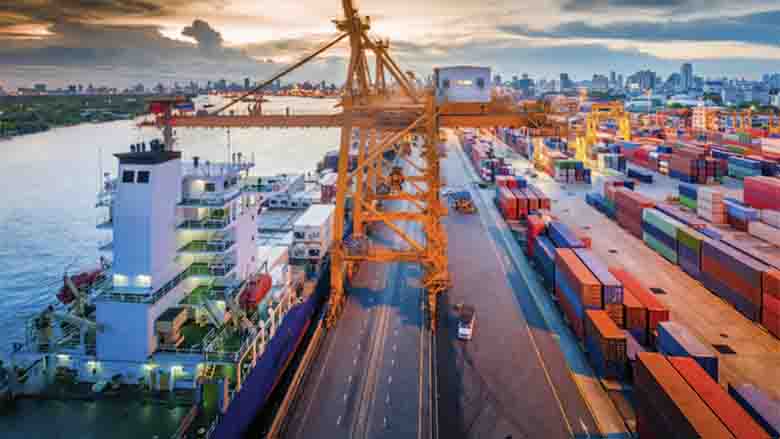(Commonwealth) _ The global shipping industry is facing unprecedented challenges due to the impact of the Organization of Petroleum Exporting Countries (OPEC) on tanker shipping. As OPEC countries reduce their oil production and exports, it has significant implications for the shipping routes and volumes, particularly in South Asia. In this article, we will explore the implications of OPEC’s actions on tanker shipping and the opportunities and challenges it presents for South Asian port development.
OPEC’s decision to reduce oil production has resulted in a decrease in tanker shipping volumes, affecting major shipping routes in South Asia. Tanker shipping is a critical component of global trade, with South Asia being a key region for oil imports and exports. South Asian countries, such as India, Pakistan, and Bangladesh, rely heavily on oil imports to meet their energy needs. The reduction in tanker shipping volumes due to OPEC’s actions has led to disruptions in the supply chain, increased transportation costs, and potential economic impacts for these countries.
One of the key challenges that South Asian ports are facing in the wake of OPEC’s impact on tanker shipping is the need to adapt to changing trade patterns. With reduced oil exports from OPEC countries, South Asian ports need to diversify their trade and explore new opportunities. This requires investments in infrastructure, technology, and skilled labor to handle different types of cargo and cater to the changing needs of the shipping industry. Additionally, South Asian ports need to develop effective strategies to attract new shipping lines and cargo, as well as retain existing customers, amidst the changing dynamics of the tanker shipping industry.
However, amidst these challenges, there are also opportunities for South Asian port development. The reduction in tanker shipping volumes due to OPEC’s actions has led to increased competition among ports in the region. South Asian ports can leverage this opportunity to invest in modernization, expansion, and innovation to gain a competitive edge. For instance, upgrading port infrastructure, implementing digital technologies for efficient operations, and adopting sustainable practices can enhance the attractiveness of South Asian ports for global shipping lines and cargo owners. Moreover, South Asian ports can also explore new trade routes and markets, such as transshipment and regional trade, to diversify their revenue streams and mitigate risks associated with changes in global oil trade.
Another opportunity for South Asian port development in the wake of OPEC’s impact on tanker shipping is the potential for increased regional cooperation. South Asian countries can collaborate to develop joint infrastructure projects, such as multi-modal transport corridors, to enhance connectivity and trade facilitation in the region. This can not only improve the efficiency and competitiveness of South Asian ports but also foster economic integration and regional development. Moreover, regional cooperation can also help in addressing common challenges, such as environmental concerns, labor issues, and regulatory barriers, which can impact the growth and sustainability of South Asian ports. Another challenge for South Asian ports in the wake of OPEC’s impact on tanker shipping is the need for skilled labor. With changing trade patterns and the adoption of advanced technologies, there is a growing demand for skilled workers in the shipping industry.
However, there are also significant challenges that South Asian ports need to address in the wake of OPEC’s impact on tanker shipping. One of the key challenges is the need for substantial investments in port infrastructure and technology. Upgrading existing ports and building new ones require significant capital investments, which may pose financial constraints for some South Asian countries. Additionally, there may be regulatory and policy challenges related to land acquisition, environmental clearances, and project approvals that can delay port development projects. Addressing these challenges would require strong leadership, policy reforms, and public-private partnerships to mobilize investments and ensure timely execution of port development plans.








